By the early 1950s the CIA's relationship with drugs stretched from alliances with criminal smugglers of heroin to research in, and application of, lethal or mind-altering chemical agents. On November 18, 1953, a group of seven men gathered for a meeting at the Deer Creek Lodge, in the mountains of western Maryland. Three were from the US Army's biological weapons center at Fort Detrick; the other four were CIA officers from the Agency's Technical Services Division. This encounter was one in a regular series of working sessions on Project MK-NAOMI, with MK being the prefix for work by Technical Services and NAOMI referring to a project to develop poisons for operational use by the CIA and its clients. The men at Fort Detrick had, at the CIA's request, already stockpiled a lethal arsenal of shellfish toxins, botulinum, anthrax and equine encephalitis.
A day later, during the evening of November 19, the scientists shared an after-dinner glass of Cointreau.
Unknown to those round the convivial table, the CIA's Dr. Sidney Gottlieb had decided to spike the Cointreau with a heavy dose of LSD. Gottlieb didn't tell the officers they had been drugged and indeed had violated CIA rules by failing to get prior approval for the experiment. About thirty minutes after they had tossed back their liqueurs, Gottlieb asked if anyone had noticed anything unusual. The doctor found that most of men round the table experienced a little buzz, but nothing significant. Then Gottlieb fessed up and disclosed the covert LSD dosage.
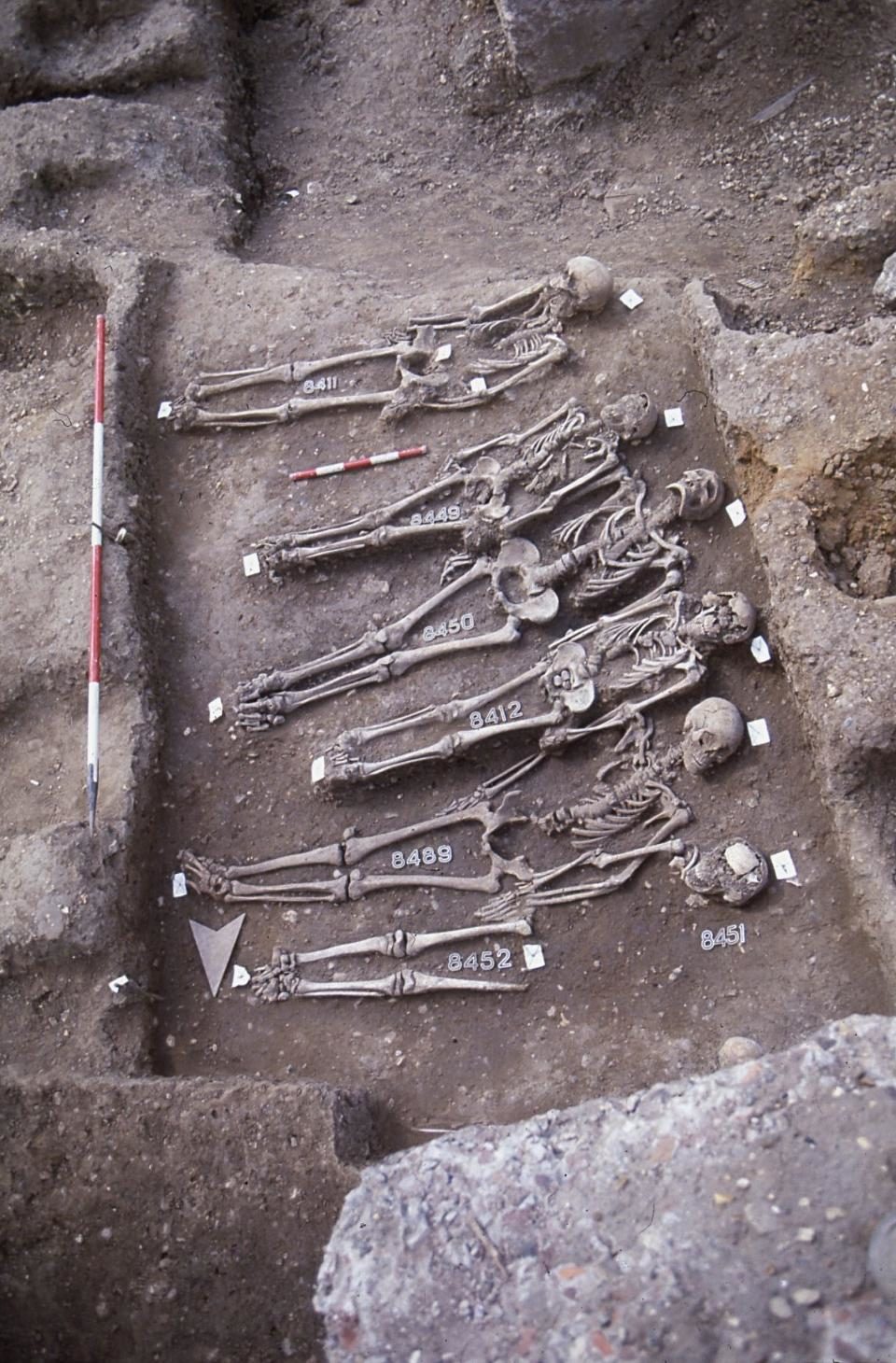
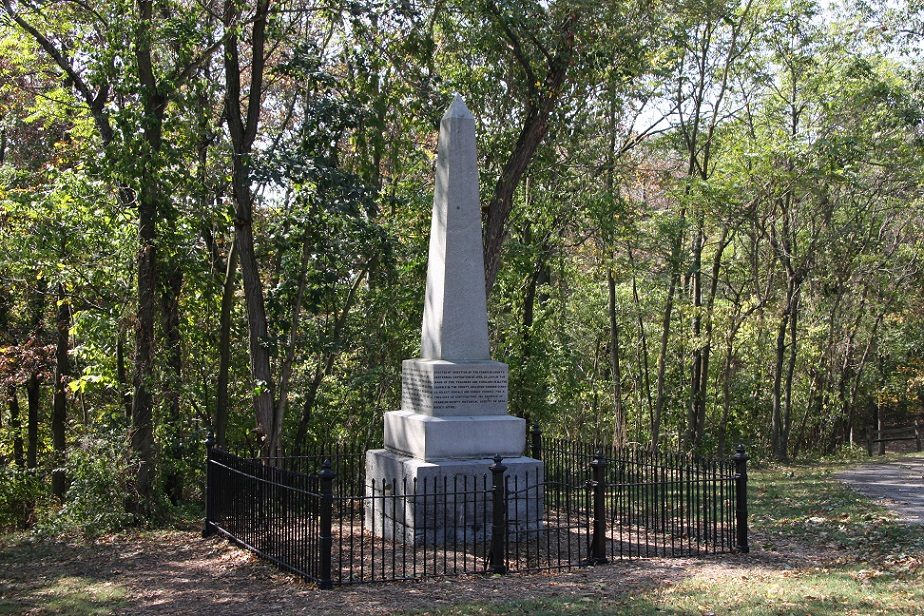
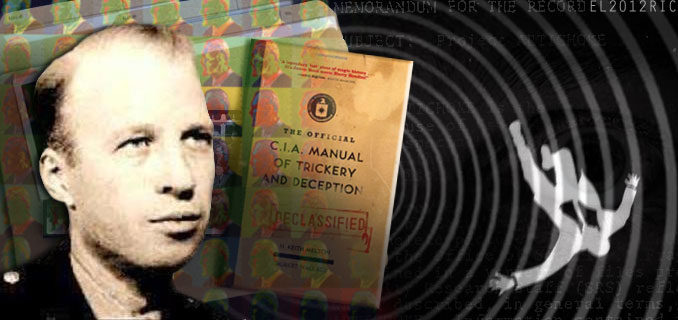
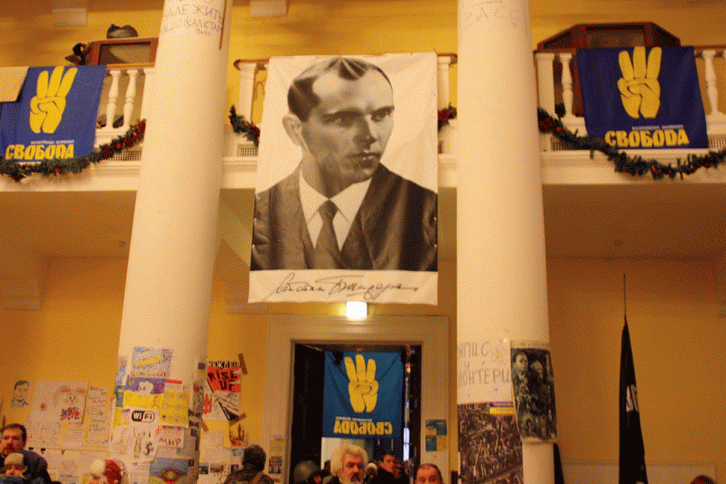
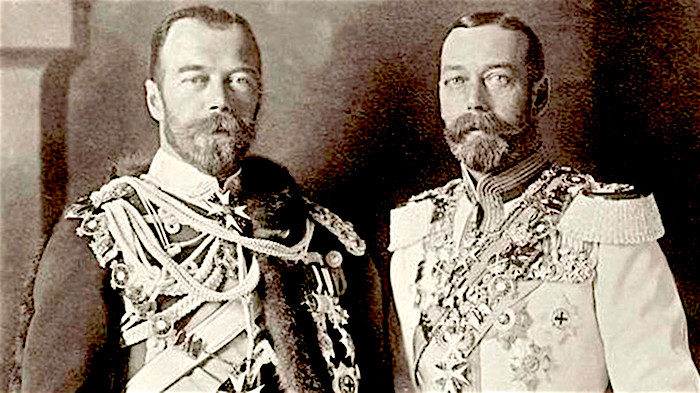
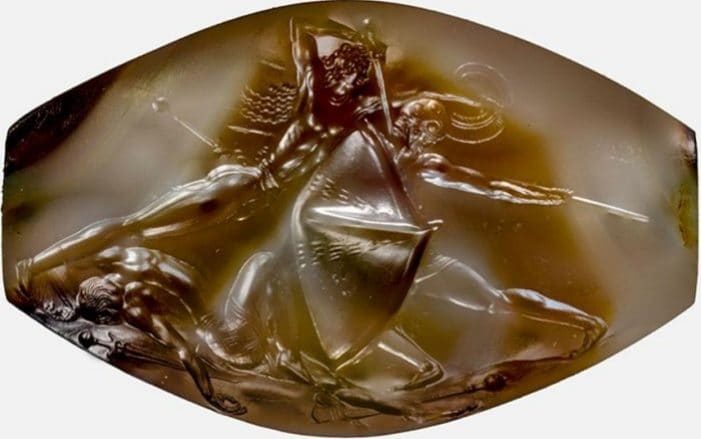
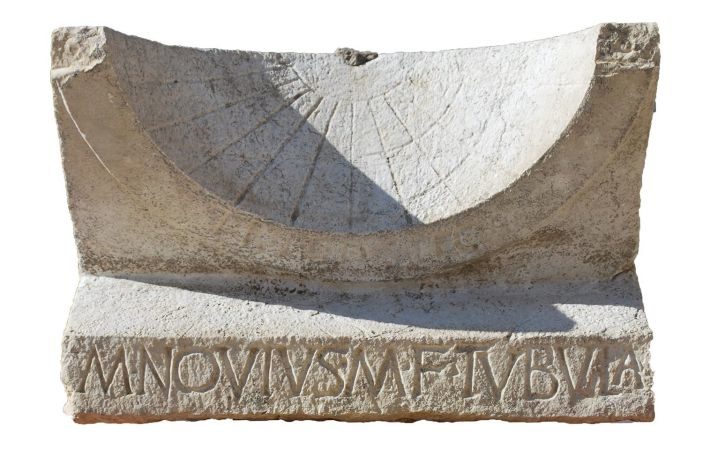

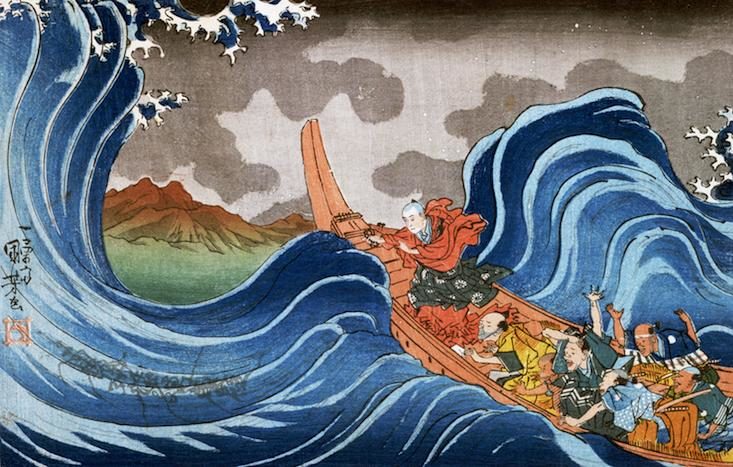




Comment: See also: